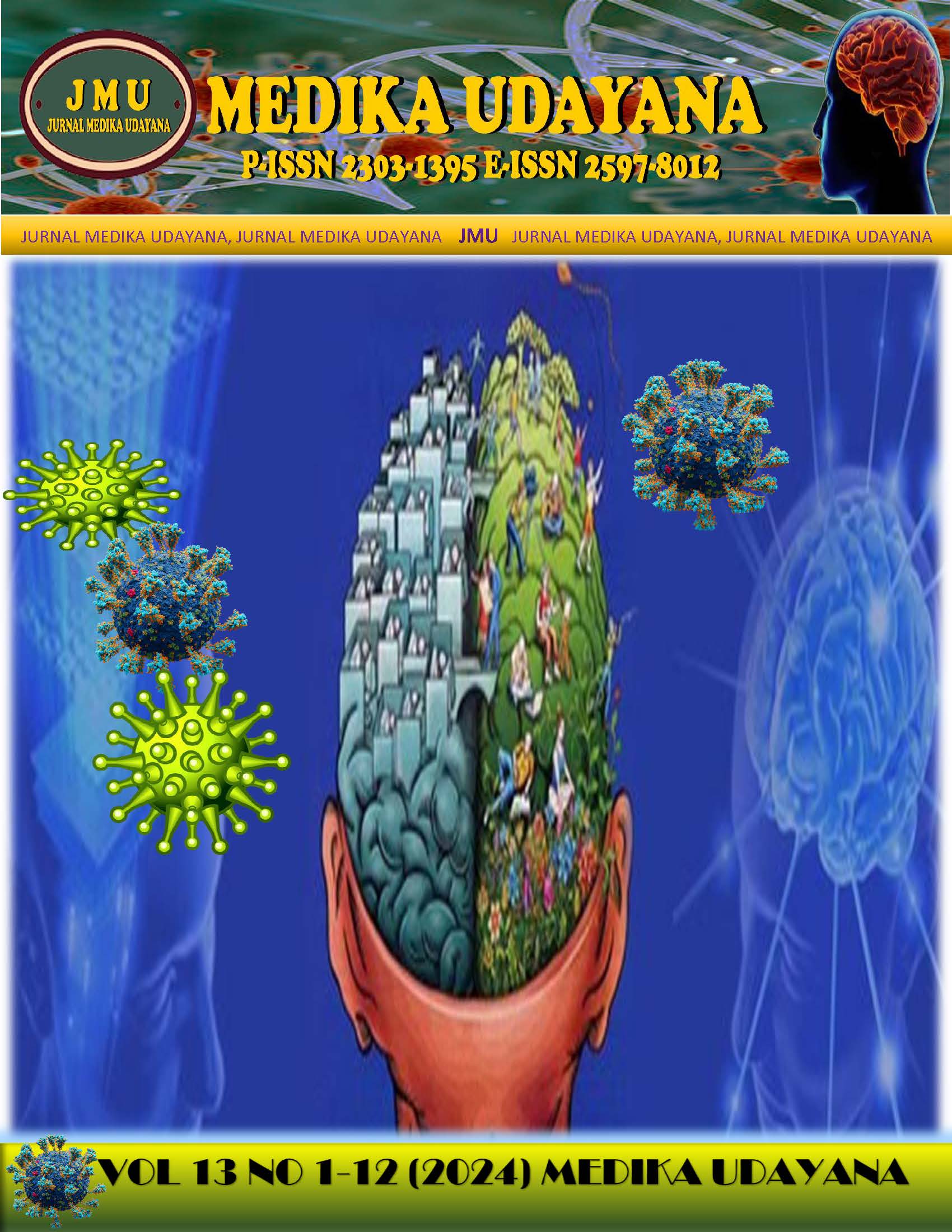THE RELATIONSHIP BETWEEN VEGETABLE AND ANIMAL PROTEIN INTAKE WITH STUNTING INCIDENCE IN STUNTING LOCUS NORTH LOMBOK REGENCY
Abstract
ABSTRAK
Stunting adalah kondisi gagal tumbuh akibat kekurangan gizi kronis sehingga pertumbuhan panjang atau tinggi badan terlalu pendek menurut usia. Menurut WHO, faktor langsung penyebab stunting adalah asupan zat gizi yang tidak mencukupi seperti protein dimana berfungsi sebagai pengendalian pertumbuhan. Penelitian ini bersifat observasional dengan desain cross sectional untuk mengetahui hubungan asupan protein nabati dan hewani pada balita dengan kejadian stunting di Lokus Stunting Kabupaten Lombok Utara. Pengambilan data dilakukan dengan pengisian kuesioner food recall 24h dan melihat data terkait PB atau TB terbaru, riwayat imunisasi, serta akses ke pelayanan kesehatan di buku KIA / kartu registrasi. Sebanyak 262 responden memenuhi kriteria inklusi dan eksklusi berpartisipasi dalam penelitian ini dengan mayoritas berusia 24 – 60 bulan (53,1%). Hasil penelitian menunjukkan AKP pada balita stunting dengan kriteria kurang sebanyak 51% sedangkan perbandingan asupan protein nabati lebih besar dibandingkan protein hewani sebesar 72%. Berdasarkan hasil uji chi-square tersebut didapatkan hubungan signifikan antara perbandingan asupan protein nabati dan hewani, p = 0,000 (p<0,05), dengan kejadian stunting. Selain itu hasil penelitian menunjukkan terdapat efek simultan pada perbandingan protein nabati dan hewani serta AKP terhadap kejadian stunting.
Kata Kunci: Asupan Protein Nabati dan Hewani, Kejadian Stunting, Balita.
ABSTRACT
Stunting is a condition of growth failure due to chronic malnutrition so that growth in length or height is too short for age. According to WHO, one of the direct factors causing stunting is insufficient intake of nutrients such as protein which has a function as growth control. This study is observasional with a cross-sectional design to knowing the relationship between vegetable and animal protein intake in toddlers with the incidence of stunting in the stunting locus of North Lombok Regency.. Data were collected by filling out a 24h food recall questionnaire and looking at data related to recent PB or TB, immunization history, and access to health services in the KIA book / registration card. A total of 262 respondents meeting the inclusion and exclusion criteria participated in this study with the majority of toddlers aged 24-60 months (53.1%). The results showed PPA in stunted toddlers with less criteria as much as 51% while the ratio of vegetable protein intake was greater than animal protein by 72%. Based on the results of the chi-square test, there was a significant relationship between the ratio of vegetable and animal protein intake, p = 0.000 (p < 0.05), with the incidence of stunting. In addition, the results showed that there was a simultaneous effect on the ratio of plant and animal protein and PPA to the incidence of stunting in toddlers.
Keywords: Plant and Animal Protein Intake, Incidence of Stunting, Toddlers.











